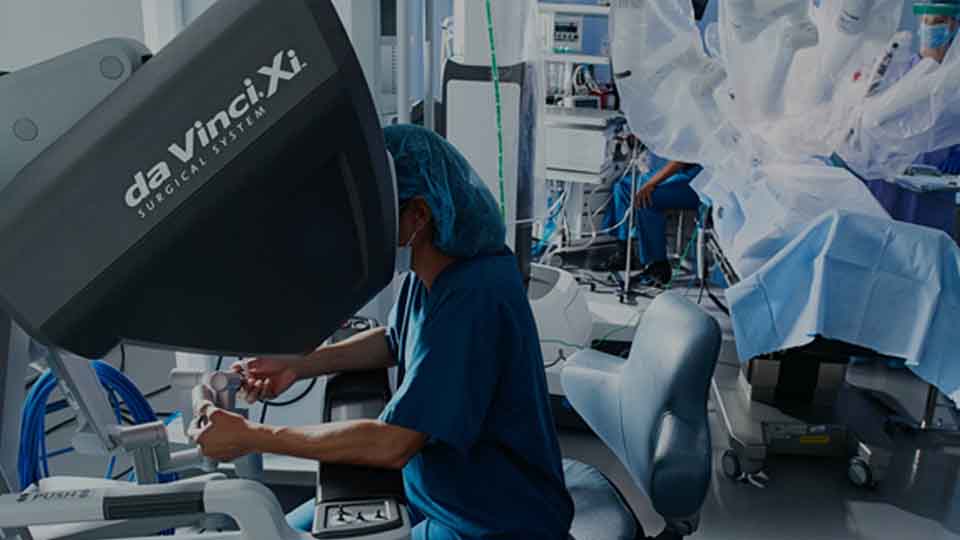The Aging Population: Robotics as the Long-Term Play
15 November 2023
Read Time 4 MIN
The aging population crisis casts a shadow over the global economic future. The world is going through a significant demographic shift. Declining birth rates and increased lifespans bring several challenges for governments and businesses worldwide.
A core issue is the growing gap between retirement age and the number of young individuals entering the workforce. By 2040, 40 percent of adults will be older than 65 in high-income countries like the United States. More people are living long into their retirement years. The pipeline of new labor entrants is dwindling. Labor shortages will be widespread across various sectors of the global economy. The growing number of dependents on the shrinking labor force will severely strain economies.
Percentage of Working Age vs. Retirement Age
Source: United Nations as of July 2022.1
Japan and China: Aging Crisis
In nations like Japan and China, the population is aging and shrinking. China’s population will decline by over 100 million over the next 30 years.2 In 2022, Japan had double the amount of deaths compared to births.3 This demographic contraction places immense stress on social security and pension systems while posing a significant challenge for businesses to find skilled workers.
Plummeting fertility rates are also playing a crucial factor in the aging problem. The fertility rate is the average lifetime childbearing rate of women in a population in a specific year. In 2020, the U.S. recorded a rate of 1.64 births, its lowest level ever recorded.4 Fewer births translate into more young workers needing to replace the aging workforce. There will become a tipping point where the workforce can no longer sustain the rest of the population.
Global Labor Shortage: Looming Threat
The looming inevitability of a global labor shortage will affect the industrial landscape. In a shortage, companies struggle to find and retain talent, and wages face upward pressure in a market dealing with a lack of skilled labor. The coming “elder era” presents a formidable set of challenges for governments and businesses.
Robotics emerges as a promising solution for the challenges an aging population poses. The ability of robots to automate tasks currently carried out by humans can alleviate labor shortages, boost productivity, and reduce operational costs.
In an era of labor shortages, robots prove indispensable. They are perfect at taking over mundane tasks from manufacturing to healthcare and logistics. By assuming these responsibilities, robots ease labor scarcities and ensure the smooth operation of businesses that a shortage of human workers would otherwise hamper.
Labor shortages already plague healthcare. An aging population will add more strain to the industry. Introducing robots into the sector can ease the labor strain and provide better care. Intuitive's da Vinci Systems surgical robot has already revolutionized modern surgery with its minimally invasive surgeries. The robot’s precision and safety reduce risks and promote faster patient recoveries. Since the widespread use of da Vinci Systems, highly competitive surgical robots have emerged, characterized by increased user-friendliness and affordability. Beyond surgery, robots can administer medications, monitor vital signs, and even conduct physical therapy. This will relieve healthcare professionals of routine tasks, allowing nurses and doctors to focus their expertise on more intricate responsibilities, such as diagnosing ailments and devising treatment plans.

Robotic-Assisted Surgery with da Vinci Systems. Intuitive Surgical.
Automation's Silver Lining: Skilled Job Creation
Robots will not only fill the labor shortage from an aging population but also create highly skilled jobs. Contrary to concerns about automation leading to job losses, less than 10% of jobs are fully automatable.5 The industry is already emerging as a generator of new employment opportunities. Roles in engineering, design, manufacturing, and maintenance are growing within this field, which would help counterbalance the job losses experienced in other sectors due to automation. Robotics and automation enable humans to concentrate on more skilled, higher-quality, and better-paying tasks.
The integration of robotics presents a compelling answer to the challenges of an aging population. With the potential to mitigate labor shortages, lower healthcare costs, and create new jobs, robots are a transformative force that holds the key to ensuring a more sustainable and efficient future in the face of demographic change.
The robotics industry is poised to capture the growing demand that changing demographics will bring.
1 United Nations, July 2022.
2 United Nations, July 2022.
3 AP News, January 2023.
4 CDC, May 2021.
5 International Federation of Robotics, 2018.
Related Insights
Related Insights
22 December 2023


